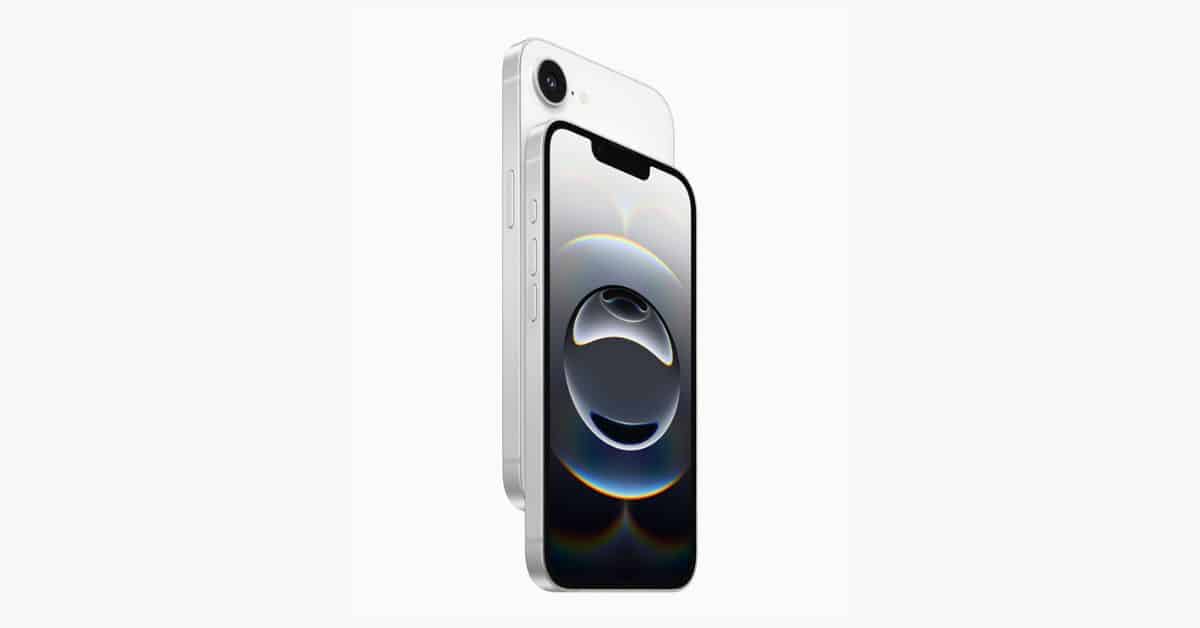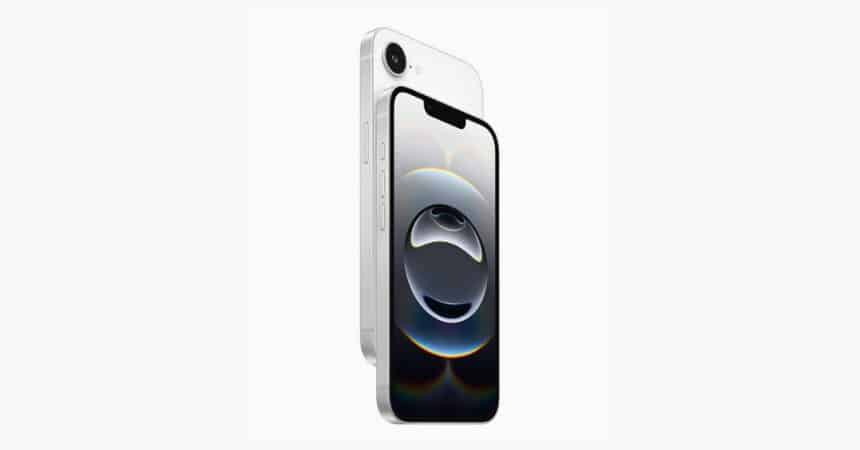Apple has introduced the iPhone 16e, a device that replaces the iPhone SE lineup. Instead of a compact, budget-friendly phone with a home button, Apple has opted for a more modern design. The 16e offers a larger display, eliminates the home button, and integrates Apple Intelligence, a new AI-driven system.
How the iPhone 16e Differs from the SE
The iPhone SE series, first launched in 2016, became popular for its affordability and flagship-level performance. It combined a familiar design with updated hardware at a lower price. However, the iPhone 16e takes a different approach.

Apple has abandoned the classic compact form factor. The device now features a larger screen and no home button. The biggest change comes from the addition of Apple Intelligence, which enhances Siri and automates tasks. These upgrades bring it closer to Apple’s higher-end models.
Targeting a Different Audience
Instead of appealing to users looking for a cheap iPhone, the iPhone 16e seems designed for those with older models like the iPhone 11 or iPhone 12. Apple’s trade-in offers make it easier for these customers to upgrade without paying full price. This shift suggests Apple wants to keep existing users within its ecosystem rather than attract new budget-conscious buyers.
The Future of Budget iPhones
The iPhone SE provided a low-cost way to enter Apple’s ecosystem, but the iPhone 16e signals a new direction. Apple now prioritizes AI features and a modern design over maintaining an ultra-affordable option.
This shift highlights Apple’s focus on Apple Intelligence as a key selling point. While the iPhone 16e keeps a lower price than flagship models, it no longer follows the SE’s traditional formula of compact size and minimal cost. Instead, it represents Apple’s future—where AI integration plays a major role in user experience.












